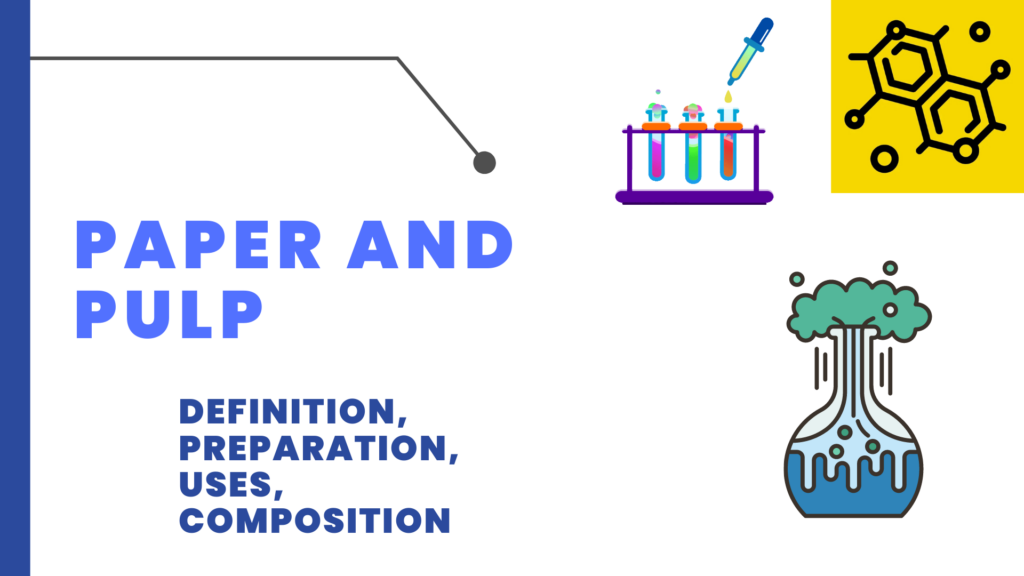Table of Contents
ToggleLead (Pb) belongs to group IVA(14) of the periodic table and is a chemical element that has the atomic number 82. It is a heavy metal with a density greater than that of the most common elements. It is a hazardous metal that is harmful to the environment and human health. Exposure to Pb causes health problems that are typically irreversible and can last a lifetime. It has a relatively low melting point and is soft and flexible.

Properties of lead
It has four electrons in its valence shell, the configuration being ns2np2. These elements exhibit oxidation states of +2 and +4. The oxidation state +2 is more common because the s-electrons do not take part in bonding easily due to the inert pair effect. The chief ore of lead is galena.
Some general properties are:
- Freshly cut lead is bluish-white in color, but air causes it to tarnish to a dull gray.
- It is highly malleable, which allows for easy cutting or molding.
- Additionally, it can be pulled into thin wires due to its high ductility.
- Pb is a poor electrical conductor but a good thermal insulator.
- Pb is naturally resistant to corrosion, which gives it additional strength for some applications.
- Pb compounds are often weakly solubilized in water.
- When swallowed or inhaled, it can be toxic and pose health risks. This is one of the most notable characteristics of Pb.
| Atomic number | 82 | Boiling Point | 1,749°C (3,180°F) |
| Atomic weight | 207.2 g/mol | State | Solid (at room temperature) |
| Density | 11,343 kg/m³ | Electronegativity | 1.87 (Pauling scale) |
| Melting Point | 327.5°C (621.5°F) | Key isotopes | 208Pb |
| Block | p | Electronic configuration | [Xe]4f145d106s26p2 |
Uses of Lead
- It is utilized in the manufacture of water and gas pipes.
- It is also used for lead-acid battery plates.
- It helps in the manufacture of bullets and shots.
- It is used to make Pb(C2H5)4, which is utilized as an anti-knocking agent in gasoline.
- It acts as a shield against radioactive and X-ray radiation.
- It is used in the production of pigments such as red Pb, white Pb, and chrome yellow.
- It is used to make cable coverings.
Health Effects of lead exposure
Lead exposure can have adverse impacts on health, especially on the nervous system.
Effects of Lead on Children
- It can be more dangerous for younger children, and children with nutritional deficiencies absorb Pb more quickly from their food.
- The most susceptible organ is the human fetus, and Pb that has accumulated in a pregnant woman’s body can be passed on to her developing child.
- If a breastfeeding mother has Pb, it can also be passed through her breast milk.
- The World Health Organization has been led by evidence that Pb exposure during childhood reduces intelligence.
- One of the main causes of childhood exposure to lead is paint.
Lead Paint
Lead paint is paint that contains Pb compounds, like PbO, Pb3O4, and PbCO3, which are used in paint. It is added to paint to boost durability, make it easy to dry, preserve a fresh appearance, and resist moisture that causes corrosion. It is one of the most serious health and environmental risks related to paint.
Lead Poisoning Symptoms
Lead poisoning is especially dangerous for children, as it causes:
- Developmental delays
- Learning Disabilities
- Irritability
- Sluggishness and exhaustion
- Pain in the abdomen
- Hearing impairment
- Seizures
- Appetite loss
- Weight reduction
Memory and focus problems, mood changes, high blood pressure, pain in the joints and muscles, Low sperm count, malformed sperm Miscarriage, stillbirth, or early birth in pregnant women are common indications of lead poisoning in adults.






